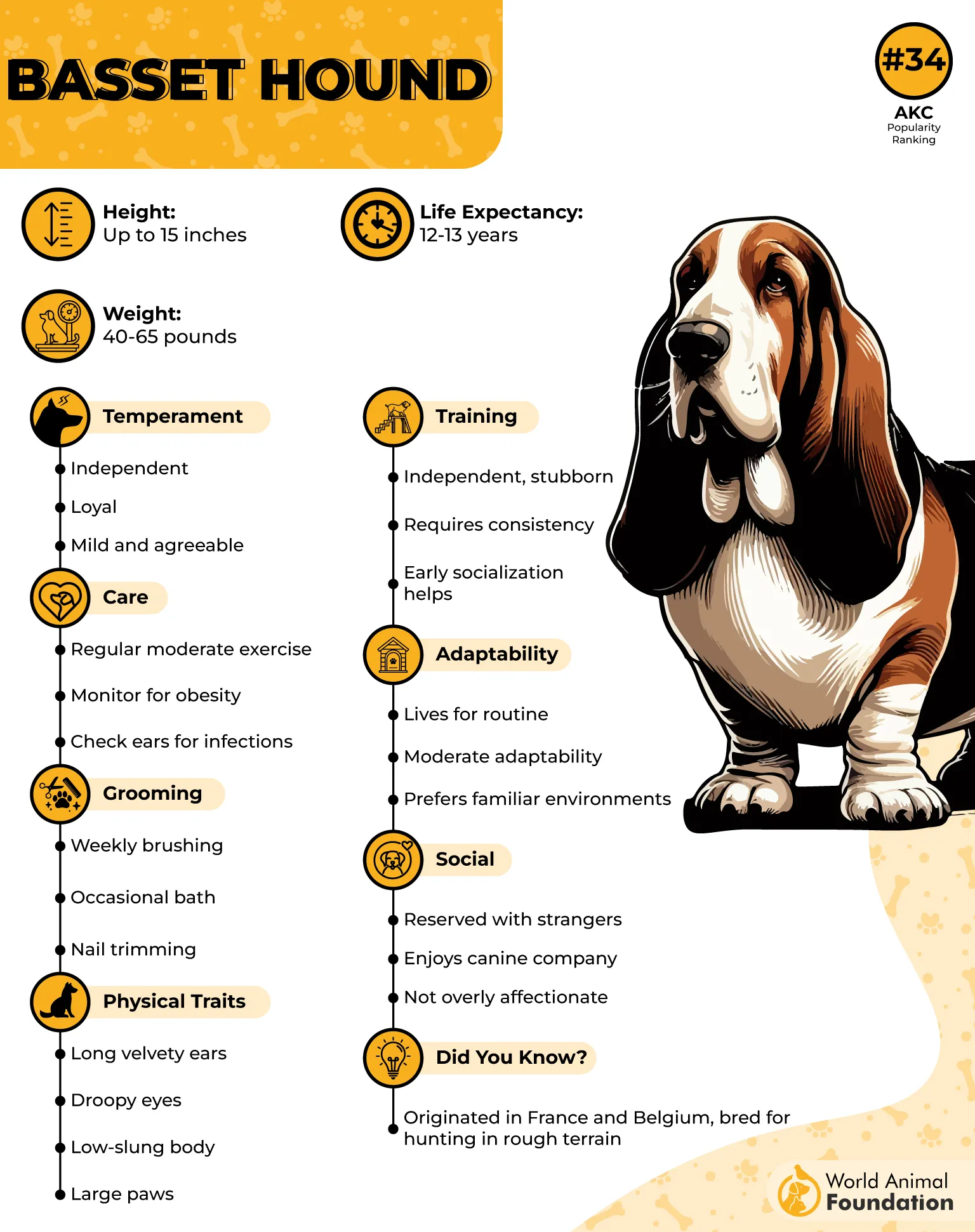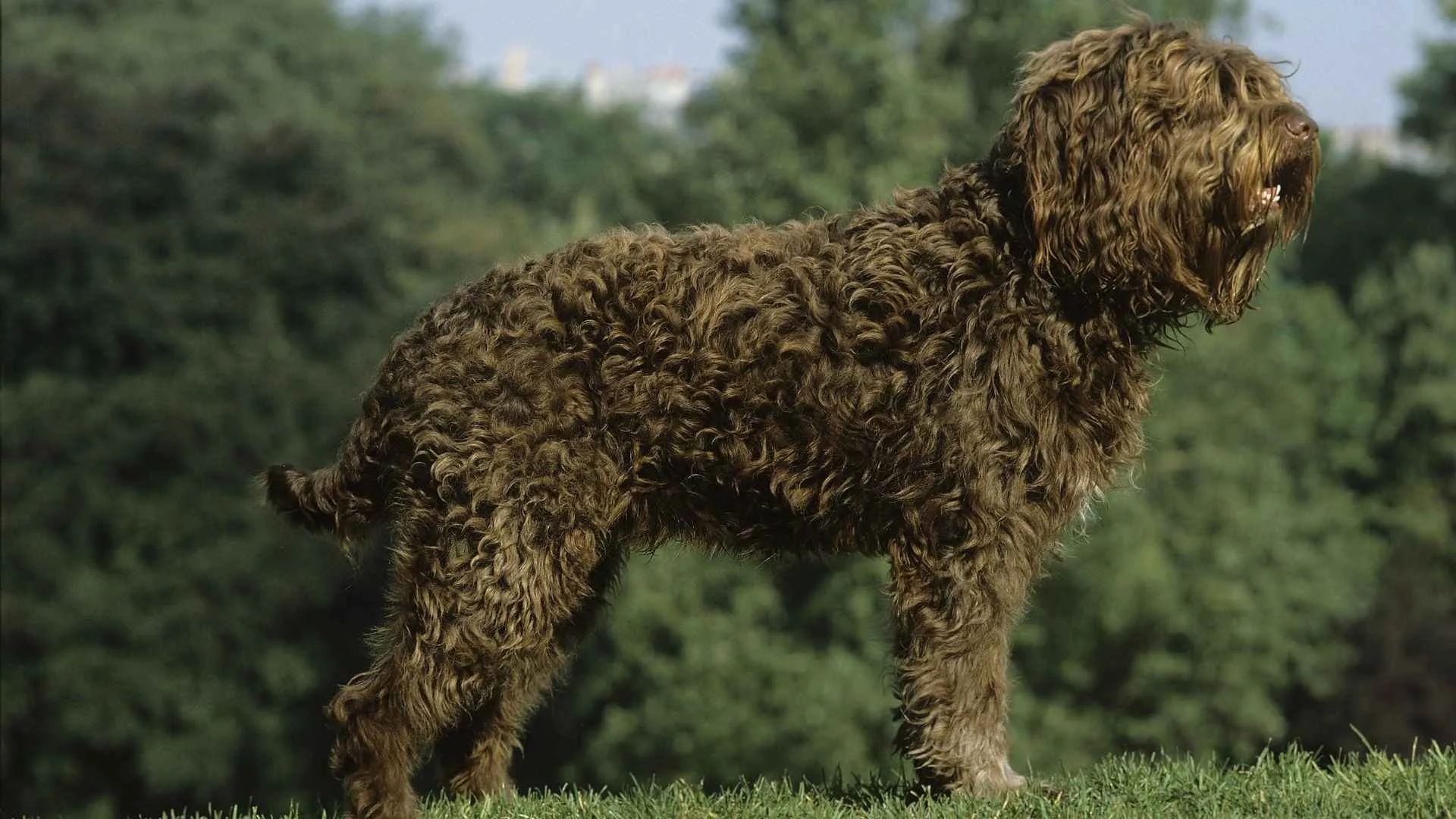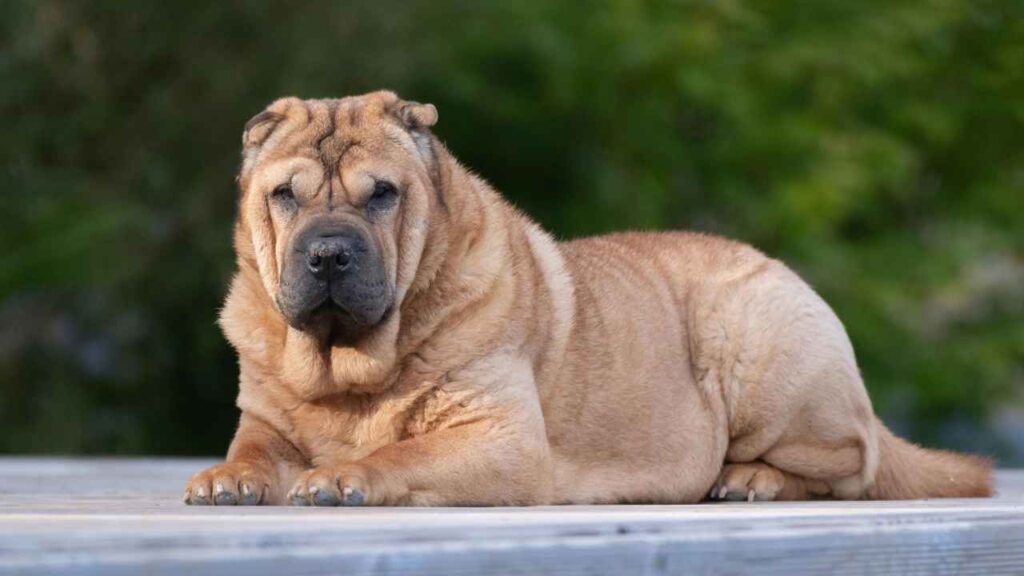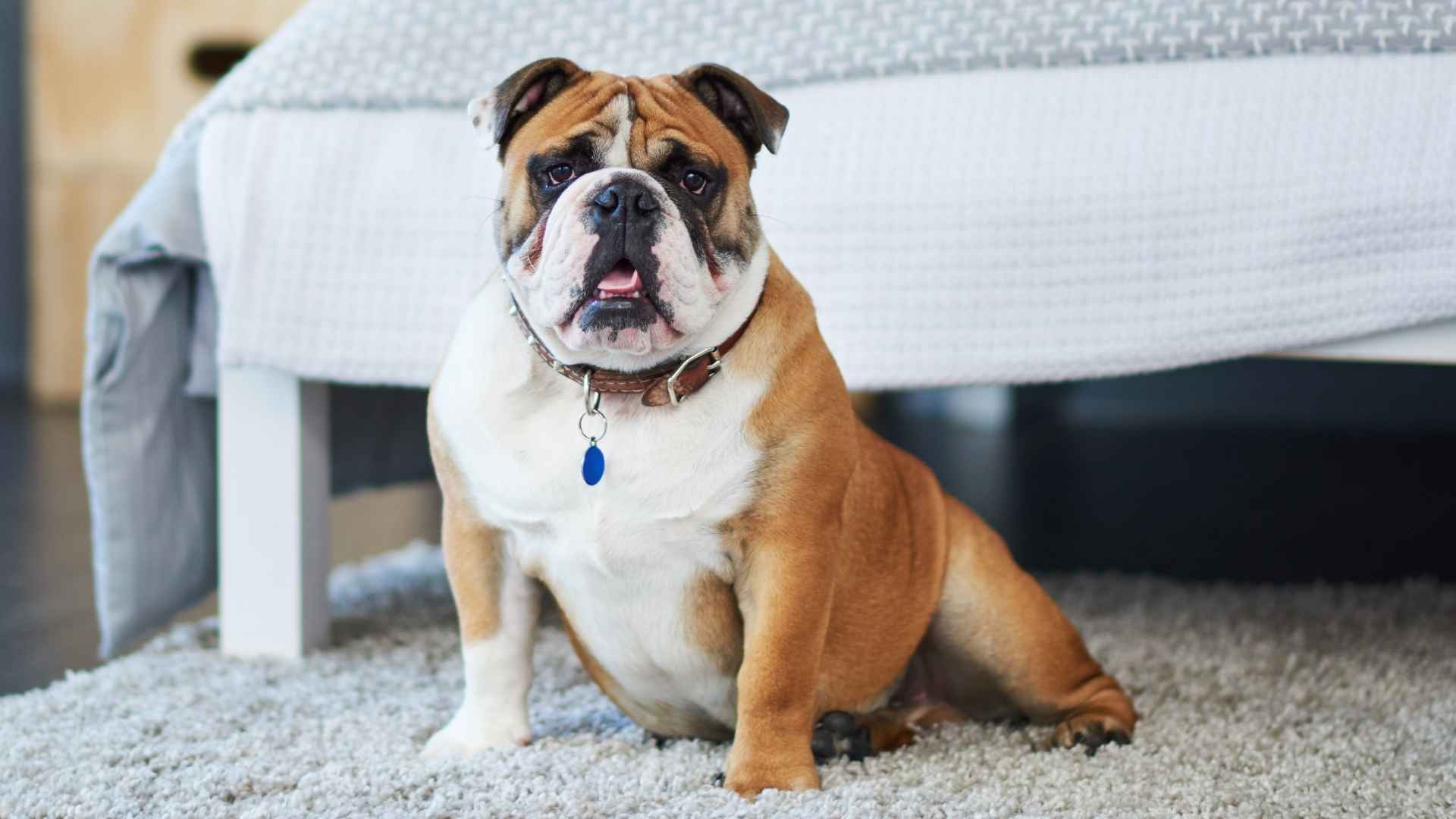Living in a small home doesn’t mean you have to miss out on the joy of having a dog. If you’re thinking about bringing a pup into your apartment or townhouse, finding the right breed is key. Medium-sized dog breeds often have the perfect balance, offering enough energy and personality to brighten your day without taking up too much space. They’re manageable in terms of exercise and grooming, fitting seamlessly into your daily routine.
But with so many options out there, which breed truly thrives in a cozy environment? For many, the goal is to find a dog that’s low-maintenance yet full of character, one that can offer companionship without overwhelming your home.
Let’s dive into some of the best medium-sized dog breeds that excel in small spaces, making them the ideal choice for your next pet. Great family pets, fluffy dogs, and dogs suited for experienced dog owners are just a few of the options to explore.
Did you know?
The Basset Hound has such an exceptional sense of smell that it can track scents up to 100 times better than humans!
Medium Dog Breeds for Small Homes
1. Chow Chow

Chow Chows are an intriguing choice for small homes due to their calm demeanor and relatively low activity levels. These dogs enjoy a quieter environment and are surprisingly adaptable to living in compact spaces, making them perfect for smaller homes.

According to the AKC, training a Chow Chow can be a challenge, but once they catch on, they’re incredibly loyal. Known for their independence, they often take a while to warm up to commands. Patience and consistency are key in their training process.

Grooming a Chow Chow requires dedication, especially due to its thick double coat. Regular brushing is essential to avoid mats and tangles, and a good bath routine will help maintain their healthy, regal look.
While they aren’t typically noisy, Chow Chows do have a strong guarding instinct. They tend to be quiet but are very alert to their surroundings, which makes them reliable protectors in small spaces without being overly disruptive.
For Chow Chows, being indoors doesn’t mean they lack energy. Their quiet nature might mislead you, but they still require regular exercise to stay fit. Short walks or playtime in a secure yard will suffice.
Fun Fact
Chow Chows are one of the oldest dog breeds in existence, dating back over 2,000 years. They originated in China, where they were used for guarding and hunting, and are often referred to as “lion dogs” due to their mane-like fur.
2. Bulldog

Bulldogs are well-suited for small homes, thanks to their compact size and laid-back nature. They are calm, affectionate, and typically enjoy lounging around, making them great companions in cozy spaces. Their quiet presence won’t overwhelm smaller areas.

Training Bulldogs can be a bit tricky, as they have a stubborn streak, but they are also intelligent. Their motivation for treats helps a lot, and with some patience, Bulldogs learn commands quite well. Keep sessions short and fun to maintain their attention.
The Bulldog’s grooming routine is pretty straightforward. Due to their short coat, they don’t require excessive brushing, but regular cleaning of their skin folds is necessary. This helps avoid irritation and keeps them comfortable year-round.
Despite their relaxed demeanor, Bulldogs still enjoy a little playtime. They’re not as high-energy as other breeds, but a brief walk or a fun indoor game will keep them happy. They don’t require a lot of space to get exercise.

Bulldogs do very well in smaller homes because of their lower exercise needs. However, due to their brachycephalic (flat-faced) nature, it’s important to avoid overheating, so take care during hot weather and never overexert them.
Fun Fact
Bulldogs were originally bred for bull-baiting, a popular sport in medieval England. Thankfully, this cruel practice has long been outlawed, and today, Bulldogs are known for their gentle and loving nature.
3. Basset Hound

Basset Hounds, with their distinctive droopy ears and soulful eyes, can make surprisingly good companions in small homes. While they enjoy lounging and napping, they also have a strong sense of smell and love sniffing around, making them curious in any setting.

When it comes to training, Basset Hounds are independent and sometimes a little stubborn, but their excellent sense of smell makes them easily motivated. Positive reinforcement works best. Training requires patience, as their nose often leads them astray.
As per Britannica, Basset Hounds have short coats, but they do require frequent grooming to keep their ears and skin folds clean. Weekly brushing helps prevent mats, and their ears need extra attention to avoid infections. Keeping them dry is crucial for their health.
Although Basset Hounds are quite calm indoors, they still require daily walks to burn off their energy. Despite their relaxed attitude, these dogs need mental stimulation and physical activity to remain content in smaller homes.
Living in a small home with a Basset Hound means you need to be aware of their strong scent-driven instincts. Providing enrichment and making sure they don’t get bored will keep them happy and prevent them from wandering off.
Fun Fact
Basset Hounds have one of the best senses of smell in the dog world, second only to bloodhounds. Their remarkable noses can detect scents up to 20 miles away, which makes them exceptional tracking dogs.
4. Barbet

The Barbet is a medium-sized dog that fits well in small homes. Despite being active and playful, they love to relax indoors. Their friendly demeanor and easygoing nature make them great companions. With moderate exercise and a clean coat, they are well-suited for apartment life.
Barbets are intelligent and eager to learn, making training enjoyable. They respond best to positive reinforcement, so using treats and praise during training sessions works wonders. Though independent at times, they quickly pick up commands and remain obedient, creating a pleasant learning environment for both dog and owner.
Grooming a Barbet requires regular attention, especially to their curly, water-resistant coat. Brushing several times a week prevents mats and tangles. They don’t shed heavily, but their coat needs consistent care to stay clean and healthy. Regular baths maintain their shiny appearance, keeping them comfortable and happy indoors.
The Barbet’s quiet nature is ideal for small homes. While they are alert and watchful, they don’t bark excessively. They tend to communicate with body language, and their calm demeanor makes them easy to live with. Their quiet personality is perfect for confined spaces.
This breed’s moderate size makes it adaptable to smaller spaces. With daily exercise, they can thrive in apartments or homes with limited outdoor access. A walk or play session will keep them happy, and they’ll be just as content lounging around after a fun adventure.
Fun Fact
The Barbet’s curly coat has a fascinating history. It was once used by fishermen to retrieve nets and fish from the water, showcasing their incredible swimming abilities. These dogs were known for their agility and were highly valued by their owners.
5. Chinese Shar-Pei

The Chinese Shar-Pei is an excellent choice for small homes due to its calm demeanor and manageable size. This breed is low-energy and enjoys lounging indoors. Their independent nature makes them ideal for individuals who appreciate a quiet, laid-back companion in limited living spaces.
Training a Chinese Shar-Pei requires patience. While intelligent, they can be a bit stubborn. Positive reinforcement is key to helping them learn new commands. With consistent practice, they will pick up on training but may need extra time. Establishing routines helps keep them on track and attentive.
Grooming the Chinese Shar-Pei is relatively low-maintenance, though their wrinkles require special attention. Regular cleaning of their folds is necessary to avoid skin irritation. Their short coat doesn’t shed excessively, so occasional brushing is sufficient. Bathing once a month keeps them clean and comfortable in indoor spaces.
Known for their quiet temperament, Shar-Peis make great pets for those in apartments. They are rarely loud, only alerting their owners when necessary. Their calm nature and tendency not to bark frequently make them perfect for small homes or places with noise restrictions.
While they don’t require much space, the Shar-Pei enjoys daily walks and time spent with their family. They thrive in smaller homes as long as their basic needs for exercise and socialization are met. Their ability to adapt to indoor living makes them a versatile breed.
Fun Fact
The Chinese Shar-Pei’s wrinkled skin was originally developed to help protect dogs from tiger attacks. The folds created a barrier between the tiger’s teeth and the dog’s vital organs, helping them survive dangerous encounters in ancient China.
6. Portuguese Water Dog
The Portuguese Water Dog is a versatile and active breed, ideal for small homes with active owners. They are medium-sized dogs with plenty of energy, but their adaptability makes them great for apartments. With regular walks and exercise, they can thrive indoors and outdoors alike.
Training a Portuguese Water Dog is a breeze due to their intelligence and eagerness to please. They love learning new tasks, especially those that involve interaction with their owners. Consistent training routines work best, keeping them mentally engaged. They excel in obedience and love to follow commands.
Grooming the Portuguese Water Dog requires regular attention to their curly coat. Their thick fur needs brushing several times a week to avoid tangling. While they don’t shed much, their coat needs care to maintain its water-resistant quality. Regular baths ensure they stay clean and comfortable in tight spaces.
Portuguese Water Dogs are quiet but alert, making them excellent watchdogs without being noisy. They bark when necessary, but their calm nature is well-suited for apartment living. As per PetMD, their attentiveness makes them protective, though they don’t engage in excessive barking, keeping the peace indoors.
Due to their moderate size, Portuguese Water Dogs adapt easily to small homes. They don’t require a yard but enjoy regular exercise to stay mentally and physically stimulated. Their ability to adapt to both indoor and outdoor environments makes them a great choice for apartment dwellers.
Fun Fact
The Portuguese Water Dog was once used by fishermen to herd fish and retrieve nets from the sea. Their incredible swimming abilities and natural love for water made them the ideal companions for maritime work, showing off their unique talents in aquatic environments.
7. Collie
Collies are known for their intelligence and adaptability, making them a great choice for small homes. Despite their larger size, their calm demeanor allows them to adjust to apartment living with ease. They require daily walks and mental stimulation to stay content indoors.
Training a Collie is an enjoyable experience due to their eagerness to learn. They are highly intelligent and responsive to commands. With consistent training, they excel in obedience. Engaging them with puzzles and interactive play ensures they remain focused and motivated, making training fun and effective.
Grooming a Collie requires commitment to their long, beautiful coat. Regular brushing prevents tangles and mats from forming. Their shedding can be moderate, especially during seasonal changes, so brushing several times a week helps keep hair under control. Bathing them every month keeps their coat fresh.
Collies tend to be quiet, only barking when necessary, which is ideal for smaller living spaces. They are protective but not excessively noisy. Their calm nature and watchfulness make them great companions for people who value a peaceful home environment with an alert dog.
Collies adapt well to small homes with proper care and exercise. They enjoy a good amount of physical activity, but they are just as content when curled up with their family. Their intelligence and temperament make them a flexible option for any living space.
Fun Fact
Collies were originally bred for herding sheep, utilizing their intelligence and agility to manage livestock. Their ability to problem-solve and their quick reflexes made them indispensable on farms, showcasing their unique skills in handling animals.
Conclusion
Choosing the right dog for a small home involves balancing personality, exercise needs, and size. Medium-sized dog breeds offer the perfect solution, providing companionship and security without taking up too much space. These dogs make great family dogs, offering a mix of calmness and energetic nature that fits into a variety of lifestyles.
With a blend of loyalty, intelligence, and naturally protective instincts, these dogs thrive in cozy spaces when given the right care, attention, and proper training. They are excellent for pet owners seeking a loyal companion and can also interact well with other dogs in the household.
While breeds like the Australian Shepherd, Golden Retriever, Labrador Retriever, American Eskimo Dog, and Cocker Spaniel are wonderful companions, they are not mentioned in this article. These breeds may also be a great fit for small homes, depending on individual temperament and exercise needs.
Ultimately, these medium dog breeds are more than just pets; they become valuable members of the family. With the right match, your small home will be filled with joy, energy, and love, and a new furry friend will transform your living space. They may have moderate exercise needs, but their love and loyalty are guaranteed to make your home feel even more special.


